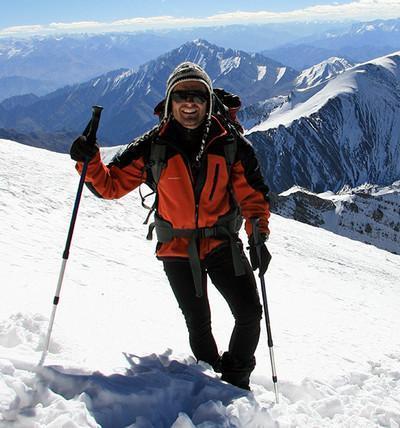If you are interested in photography, you will have heard that taking a picture of a snowflake is not easy. It is true that this kind of photography requires some technical knowledge, and a good understanding of your camera's settings and post-production techniques. But, there are ways to get better pictures of snowflakes.
Camera Settings
If you want to capture beautiful images of snowflakes, you will need to have some specific camera settings. Although you can use your smartphone to get a picture of a snowflake, it won't be as detailed as the photographs you can get from a DSLR.
One of the first things you will need to consider is the field of view. Typically, you will need a lens with a 2.5x4 mm field of view to photograph a snowflake. You may have to experiment with different white balance settings to achieve a better color.
Another thing to think about is the depth of field. While the aperture will influence how shallow or deep your image is, the focal length of the lens also has a huge impact. A longer focal length will allow you to create more layers of snowflakes.
One of the best things you can do for your snowflake photography is to take some shots with the background in dark colors. These can help to make the snowflakes pop out, as well as creating a dramatic effect.
Magnification
One of the best ways to see details in snowflakes is by using a magnifier. A magnifier will allow you to look at smaller snow crystals and other ethereal details. The downside to this method is that you need to invest in one or more lenses to achieve a good magnification ratio.
There are many types of macro lenses available. Most don't go quite as high as a true macro lens, but they can give you enough magnification to get some tack-sharp pictures of snowflakes. You might want to consider buying a microscope, too. They can be expensive, but they're a great way to enjoy a close up look at snow crystals.
Another method is to use an extension tube. This will help you to get a more complete view of the snowflake and improve the depth of field in your photo. Some people also use a ring flash. These light sources are often used to illuminate ice crystals, but can work well in photographing snowflakes as well.
Post-production With Photoshop or Similar Software
There are some great snowflake photos out there, but it isn't always easy to get a good one. Fortunately, it's possible to capture the snowflake of your dreams with some creative thought and a little bit of practice. Whether you're taking pictures of your own snowflakes or snapping them in the wild, a little planning and preparation goes a long way.
A good rule of thumb is to wear warm clothes and have a camera that can take cold weather photographs. Snowflakes are a fragile thing. You don't want to end up with a melted masterpiece on your hands. To help you avoid these mishaps, bring along a good tripod, a good pair of gloves, and a hat or two. It's also a good idea to keep your camera in a safe place.
The snowflake may be the best way to display the beauty of winter, but you can't take them home with you. Luckily, there are plenty of places where you can catch them in their prime, including windows and on the snowy ground.
Nathan Myhrvold
Nathan Myhrvold is the inventor of the world's most advanced snowflake photography system. The photos he takes show the crystal structure of the snowflake. He uses a microscopic lens, a high-speed camera and special LED lights to take multiple images of the snowflake. These photos are then combined to create a single photograph.
Snowflakes are tiny, fragile and change size and shape in a flash. Taking pictures of these little beauties is no easy feat. But Myhrvold has overcome the challenge. In fact, he's spent nearly a year and a half on the project.
First, Myhrvold had to find the perfect conditions to take his snowflake pictures. That was largely determined by the temperature. Snowflake photos are best taken at minus 26 to 29 degrees Celsius.
Second, Myhrvold had to figure out a way to keep the camera cold. To do that, he had to pump a coolant through the camera. This would ensure no heat from the snowflakes was in focus.





